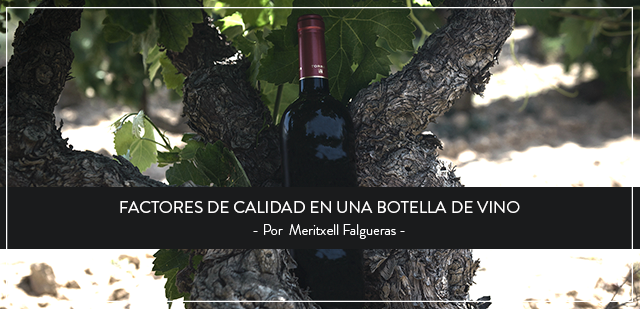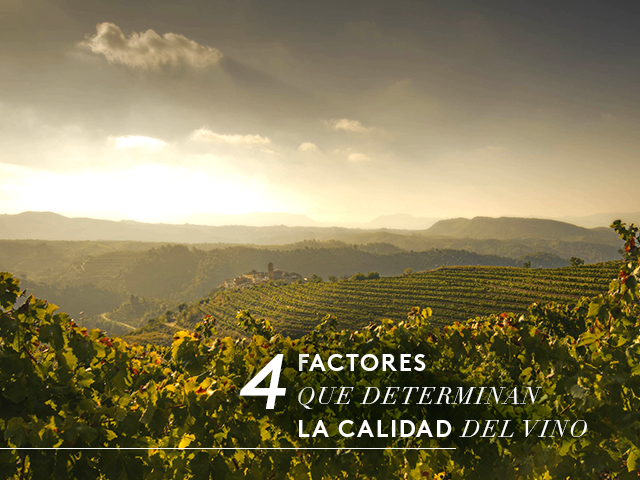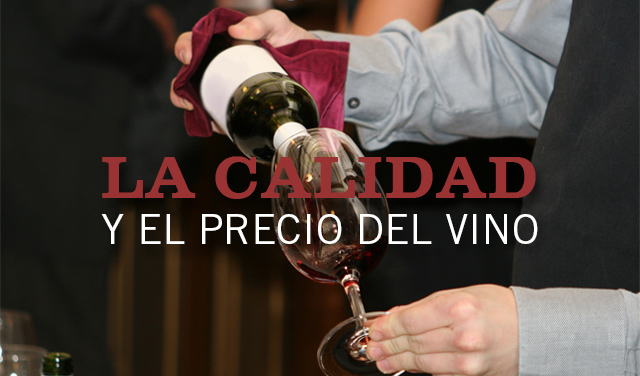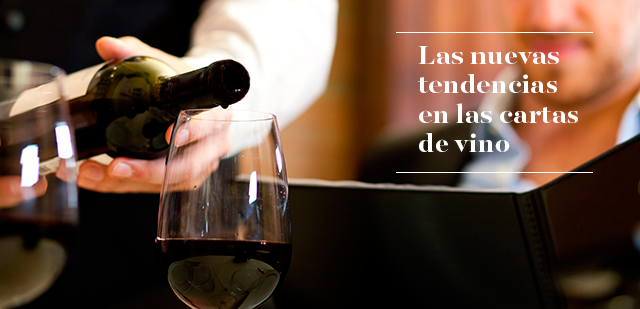QUALITY FACTORS IN A BOTTLE OF WINE

Can a tasting note tell us how a vine was pruned?
How is terroir expressed in a wine?
Some things might not be said, but you notice them all the same…
- Well-pruned vines have fewer clusters, which means the plant directs more aromas, sugars and acids to the grapes that remain. Quality and quantity do not go hand in hand in the vineyard. So when we’re enjoying a glass of wine that displays nicely concentrated fruit, it’s thanks to savvy and meticulous pruning work.
- Tasting notes might not mention whether the grapes were harvested by hand or machine, but deep down, we can tell—it’s a question of class (like with an elegant person). Manual harvesting allows for a careful selection of clusters, making it possible to consistently identify the highest quality and optimal ripeness.
- Vine age offers a perfect analogy for our own human biology: as the years go by, we lose innocence and vitality, but we grow wiser and whatever we do, we do it well. Old vines produce more balanced fruit; yields might be lower, but the quality and expressivity of the grapes are consistent and exceptional.
- Controlled fermentation is among the most crucial aspects of winemaking, because it ensures that the yeasts can do their job. When the sugar in the must turns to alcohol, it produces a natural release of carbon gas and a rise in temperature that could kill the yeasts. By controlling the temperature, enologists preserve the freshness of a white wine’s varietal aromas and allow reds to absorb more pigment.
- The choice of stopper shouldn’t be left to chance. Some wines are designed to age for a long time and need micro-oxygenation to mature in the bottle. Sealing the bottle properly also keeps the wine stable during transport and sale.
- Aging white wines (either on their lees or in oak) makes them more complex and mouthfilling. After turning the sugar into alcohol, the yeasts die and collect at the bottom of the tank or vat. Contact with these yeast cells (or lees) adds intensity and texture to the wine, especially whites and sparkling wines. Not only are these wonderfully versatile wines an excellent choice for a tasting menu, they also gain complexity over time.
- When we taste a wine, we’ll perceive several qualities that are determined and accentuated by the soil type. For example, silicon-rich soils produce wines with very elegant aromas, whereas clayey soils tend towards harder and more tannic wines. The best soils are nutrient poor and well drained, meaning they have a good water holding capacity. Vineyards that face southeast to gain more sunlight hours or those planted on a hillside offer very interesting results. Vineyards that lie at higher elevations are also prized: here the striking contrast between daytime and nighttime temperatures encourages excellent and balanced phenolic maturation or skin ripeness.
As Giorgio Armani liked to say, “Elegance isn’t about being noticed. It’s about being remembered.” In this post we have gone over some of the concepts that define and design the haute couture and artisan production of the world’s finest wines.
Meritxell Falgueras



